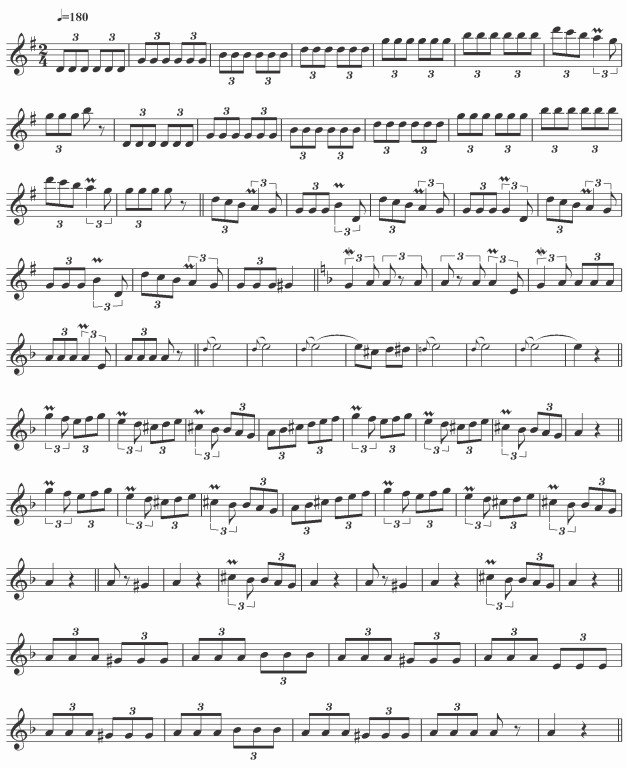Choreography, Dances, and Songs from Kosovo Polje
Creating something based on folklore is a demanding and difficult form of artistic expression. Creating something new based on an original melody, whether it's a dance or a song accompanied by dance, requires a thorough connection of folk musical and poetic creativity.
Such undertakings require immense sensibility, constant experience, and nurturing over time that inevitably flows and often erases traces of culture and tradition for one reason or another. It is not easy in creative research to apply artistic ideas, to stylize and supplement in one's inspiration while taking care of the authenticity of the melody and content, the significance, and the message of the texts.
It is important to feel the relationship between melody and text, to sense and hear the harmony that this relationship naturally suggests and from the mass of possibilities to choose the right harmony in which the melody, harmony, and text meet and all this is adapted to the stage with a full experience of the dance.
Time will show whether and to what extent I have succeeded in my intentions to enrich the folklore of Kosovo and Metohija with largely unknown melodies and costumes and thus make them accessible to the public.
I am ready to accept all criticisms from eminent people in this field.
There is another reason that commands us to wholeheartedly commit ourselves to preserving our folk dances. So far, this has been entrusted exclusively to the healthy folk instinct and its deep love for everything that ties it to the past.
In the hands of the people, as a living tradition, folk dance could be refreshed with new elements that folk dancers brought into it while preserving the folk spirit. Now such preservation is endangered from several sides. War has cut a deep furrow in the life of our people, the traces of which are still visible today, especially in this part of Old Serbia.
It is a very complex issue to stage choreography, which and how many dances to choose to be represented, what criterion to use to ensure the measure is right. Where to find those right dances, dances that convincingly speak from the stage that they are exactly from that area. It is necessary that the choice of dances and the way of dancing fully and adequately satisfy the laws of the stage.
It is usually thought that kolo is the typical and almost only form of our choreographic tradition. However, central Kosovo, including Kosovo Polje, provides convincing evidence that our traditional dances contain a whole range of other forms that are neither a circle nor a chain. These forms are very interesting in themselves and in comparison with chain dances, all the more so because in this choreography of the Kosovo Polje area, I found almost all the basic forms of dances that exist, even certain combinations of them.
For this choreography, I chose the following dances and songs from the game:
1. Ja uranih jutros rano (I Got Up Early This Morning)
2. Kiša pada trava raste (Rain Falls, Grass Grows)
3. Oj Golube majkin bane (Oh Pigeon, Mother's Woe)
4. Kolo Romana (Romana's Dance)
5. Goleški Čačak (Goleš Čačak Dance)
In choosing these melodies, I made a selection based on my current criteria. Perhaps in doing so, I have unfairly suppressed everything that constituted the harmony and diversity of the dances of settlers in this area.
With the help of good people, lovers of folk tradition, and their exceptional commitment in the fields of Kuzmin, Uglare, Batuse, and Kosovo Polje itself (Jovana Barać, Dragan Ćirković, Dražen Jevtić, Vuko Lakušić, Verica Mihajlović, Sabut Kruzeju, Svetlana Ađančić), we collected a lot of material in the field of ethnomusicology.
Dragan Ćirković made an exceptional contribution to the collection of folk costumes from the field, and thanks to the dresses found in the field and the Museum – Priština – Belgrade, we managed to do a reconstruction in our workshop under the guidance of Dušica Radosavljević, Mirko Premović. Contributions to the production were also made by Radojka Tiosavljević, Biserka Radosavljević, and Tijana Lazović.
Ја урани јутрос рано
Ја урани јутрос рано, 2х
рано пред зору. 2х
Сретуо сам девојчицу, брегом шеташе.
Ја гу реко добро јутро, добра девојко.
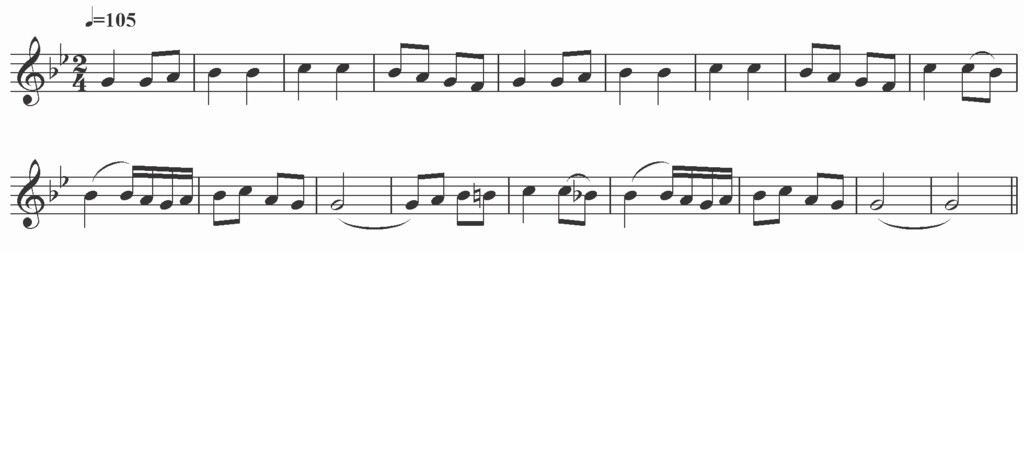
Киша пада трава расте
Киша пада трава расте, гора зелена, киша пада трава расте, гора зелена, ај, ај гора зелена.
Мој се драги на пут спрема, хоће да пође. Баци прелце и вретенце, легне да заспи.
Ај, ај легне да заспи.
Устај, устај девојчице што си заспала, устај, устај девојчице што си заспала, ај, ај што си заспала.
Драго ти се оженило што те просило, драго ти се оженило што те просило, ај, ај што те просило.
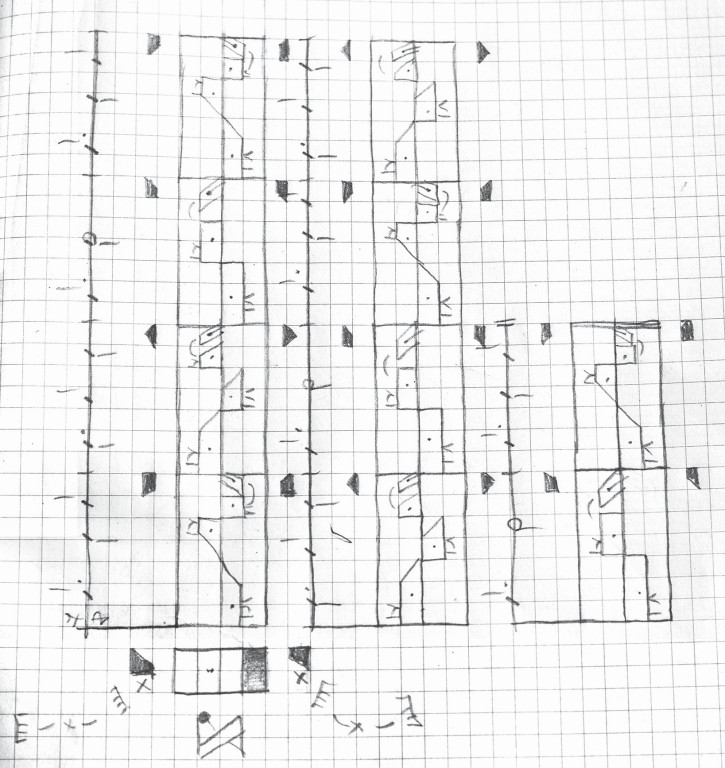
Ој голубе мајкин бане. не ми треси, крилем росу. не ми мути, кљунем воду. Већ ми гледај белу Јану.
Бела Јана, гајтан плете. Плете, плете па заметне. на бећаре, очи метне.
Па на старце очи метне.
А где старци вино пију, беле Јане душу мију. 2х
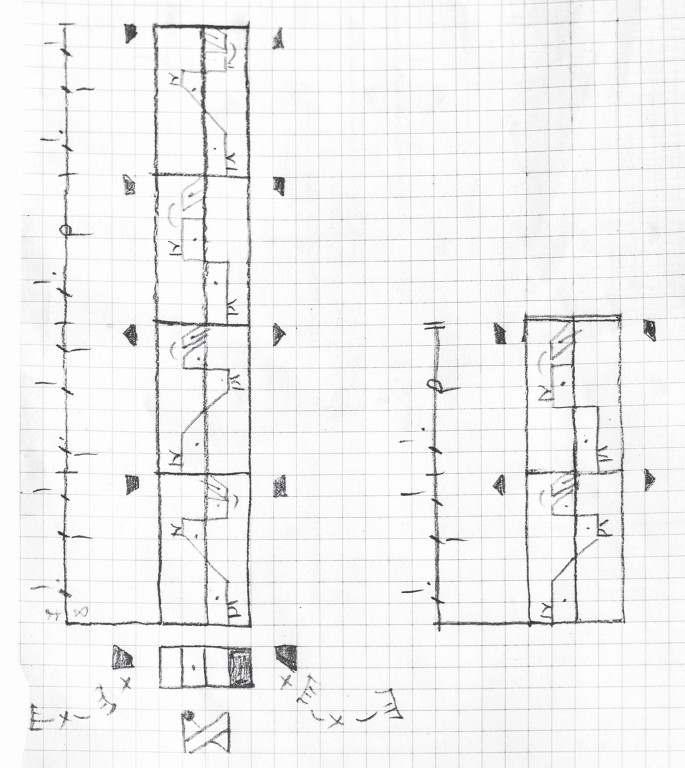
Романа
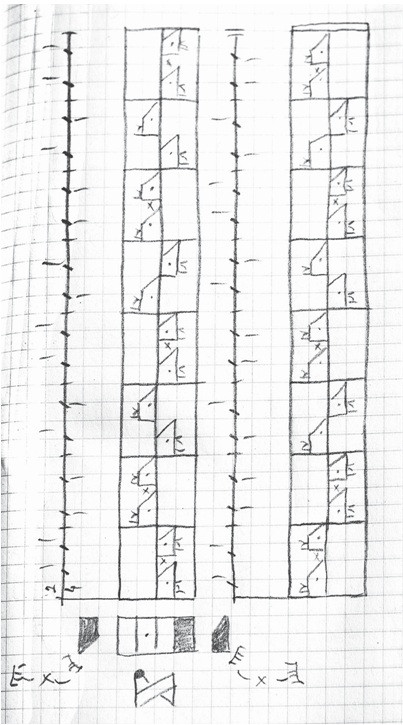
Јабланичко коло
